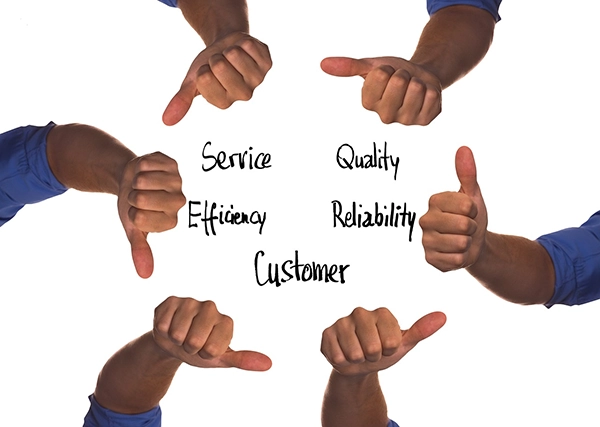
KEY TAKEAWAYS
- Understand the full customer journey
- Learn how making the first impression matters
- Discover how to simplify the purchase process
- Learn how to strengthen post-purchase support and encourage loyalty
Did you know 78% of consumers have stopped purchasing from a brand after a negative experience? Shocking but true, and this clearly shows that in this era, where competition is so high, attracting customers is not enough.
I am a prior customer relationship manager (CRM). And after handling customers for several years, I have learnt that if you want your customer to stay loyal to your brand, you have to understand and optimize each step of the customer journey.
When companies understand each step the customer goes through, they set themselves up for long-term growth. With the help of this blog, let’s learn more about it.
Let’s understand in simple words what the customer journey actually is. Customer journey is the process of mapping the complete interaction of customers with your products or services.
It’s not only about the transaction between you and your customers. Instead, how they become aware of your product or interact with your brand or other brands.
Understanding this journey is more complex than you think; you have to build a whole client lifecycle management system to map the whole customer experience from their awareness phase to loyalty phase.
There is a famous quote by Will Rogers, ‘You will never get a second chance to make a first impression,’ so remember that first impressions are incredibly important. The first interaction customers have with the brand can impact their perception of the company.
If you own a company or are responsible for making a company’s positive image, take my suggestion and focus on building a polished and welcoming introduction, whether it’s through an attractive website, effective advertising, or friendly customer service.
Capture this, write it down, or just copy and paste and save it somewhere, no matter what you do, but keep this thing in mind that a simple and smooth purchase process is essential for a high conversion rate. If you complicate this process, customers might abandon the cart.
So focus on a user-friendly interface with minimal steps, various payment options, and clear instructions. Making the whole purchasing process simple can lead to customers buying products quickly without any confusion or time wasted.
If you are thinking your product is sold, now you can relax, then you are extremely wrong. Once a customer makes a purchase, the entire experience should not end there. post-purchase support is very important for building trust and customer satisfaction.
Now this includes things like timely order confirmation, order returns, and responsive customer service. If you want to make your customers feel satisfied and appreciated, provide them with clear channels for support.
Look, I am telling this with my personal experience, if you want your business to grow effectively, you have to build a loyal customer base. Now you can do this by running loyalty programs, exclusive offers, and personalizing communication.
Try to recognize loyal customers and reward them to build a sense of community and belonging, which again strengthens the bond between customer and your brand.
DID YOU KNOW
83% of customers agree that they feel more loyal to brands that respond and resolve their complaints.
Optimizing each and every step of the customer’s journey is very important for the long-term success of the business.
Once you understand that only attracting customers is not enough, and retaining them is as important as attracting them. You will be able to build a loyal customer base that can take your business to new heights.
In this phase, companies focus on learning about what customers want and need.
By analyzing customers’ behaviors, feedback, and preferences.
Awareness, announcement, action, and advocacy.
Strong communication, empathy, active listening, and problem-solving skills to address customer needs and challenges.
